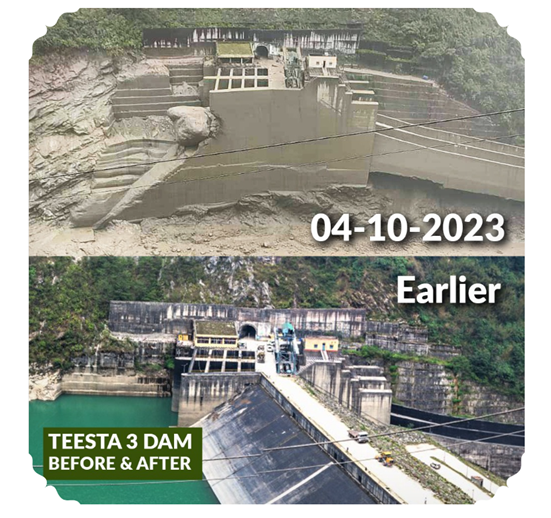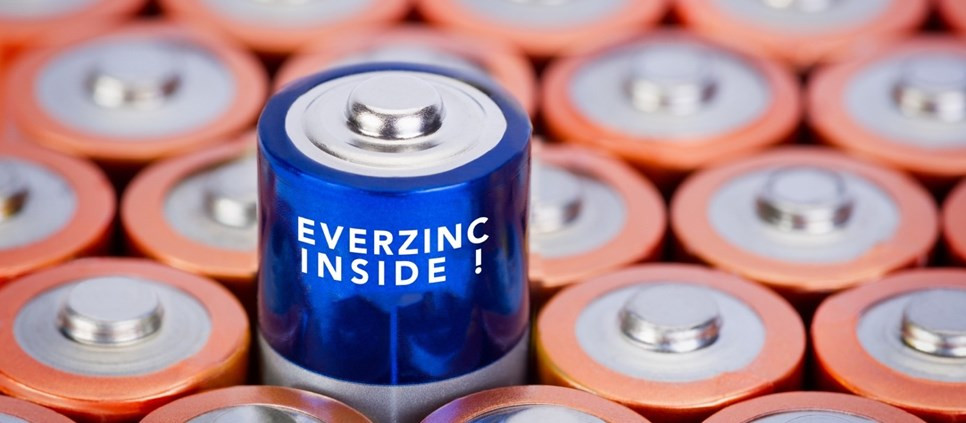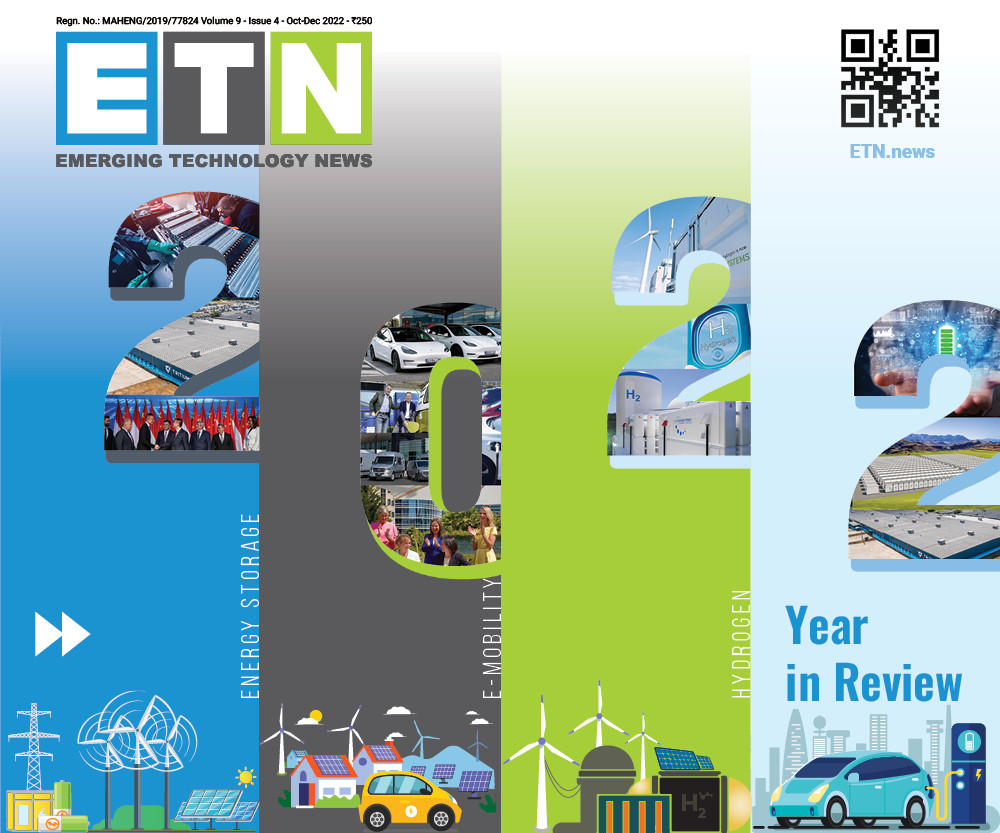CEA issues slope stability guidelines for hydro power projects
In the aftermath of the Sikkim floods which impacted hydro power projects of over 2,000MW in the state, India's Central Electricity Authority (CEA) released guidelines for slope stability for hydro power projects.
On the midnight of Oct.3 and the wee hours of Oct.4, Teesta River overflowed at an unprecedented scale following South Lohnak Glacial Lake Outburst Flood (GLOF). As a result of the flash floods, two operational hydropower projects totaling over 1500 MW and one under-construction hydro project of 500MW have been affected.
The guidelines aim to take into consideration past slope failures and the existence of unstable slopes in the project area and recommend necessary remedial measures for slope stabilization of hydro power projects prior to construction, during construction, and post-commissioning of the project. The latest guidelines are to be complied by hydro power project developers developing projects in the hilly terrains.
"Hydro Power Projects usually involve heavy surface excavation for placing the dam, power intakes, surface powerhouse and other structures that lead to the formation of excavated rock/soil slope. It is essential to maintain the stability of these slopes for unhindered and successful delivery of the project," CEA's guideline stated.
The guidelines details stages of slope stabilization and monitoring, slope stabilization techniques and methods, monitoring mechanisms for critical slopes, and examination of the upper reaches for vulnerable hydro power projects.
The guideline denotes 'vulnerable projects' as those which include 400MW and above capacity hydro power projects located uppermost in a river or its tributary at an elevation above 1500 m in cases where the gross reservoir storage is at least 50 MCM (million cubic meter).
Among the practices to be followed prior to the commencement of construction of the project, the guidelines call for use of modern techniques such as Remote Sensing & GIS technology, drones, LiDAR technology, etc. to measure and monitor vulnerable zones such as Glacial Lakes, Landslide, and Avalanche prone areas.






















